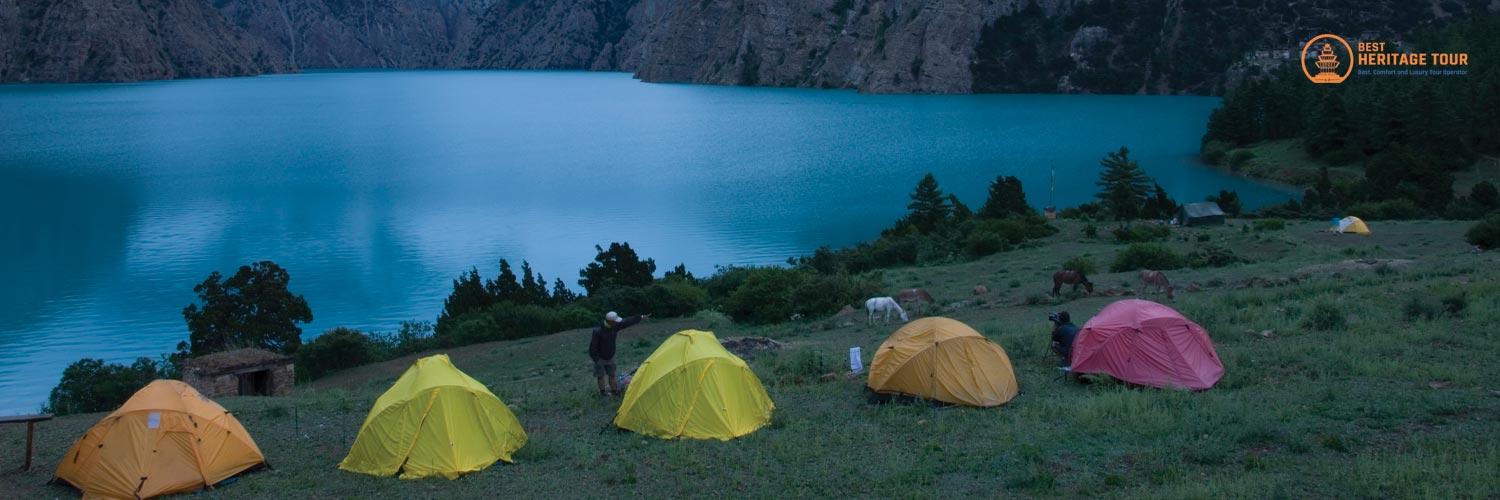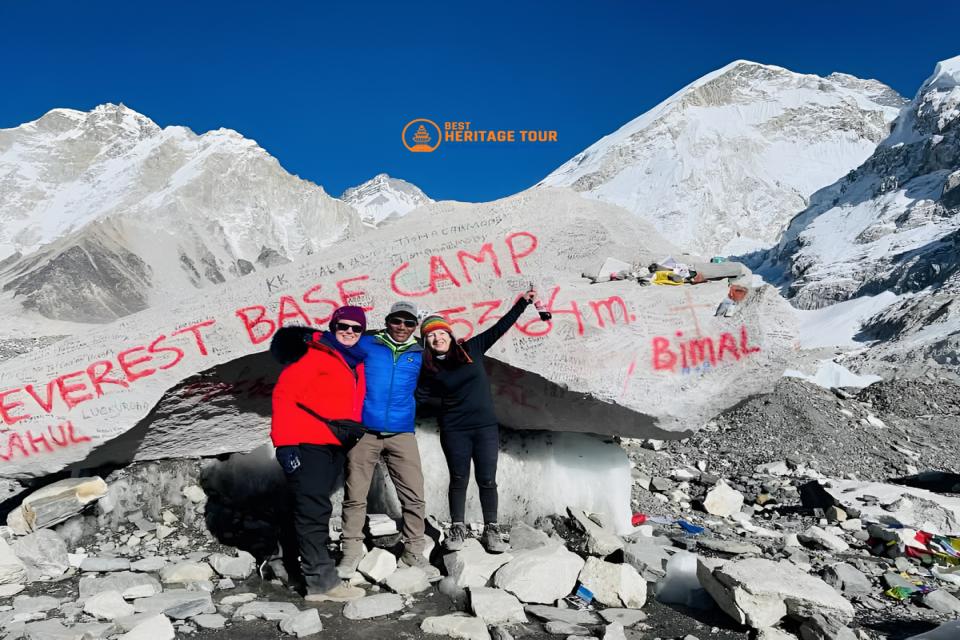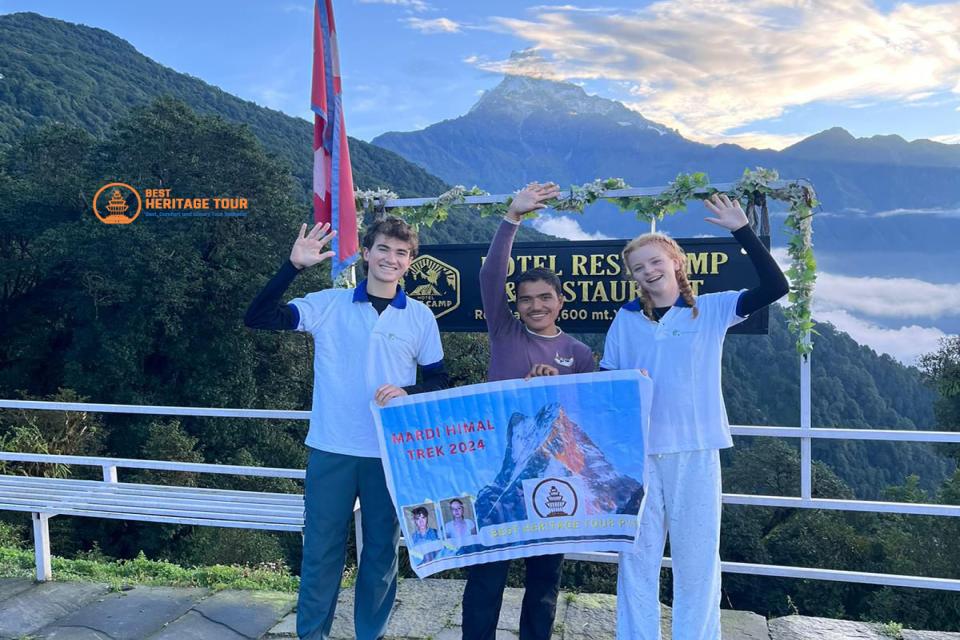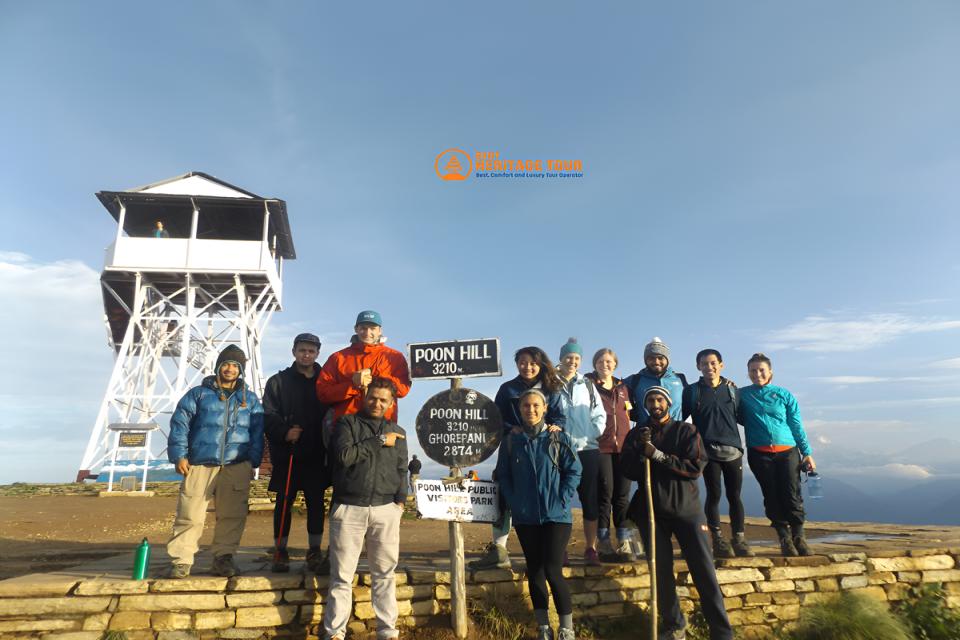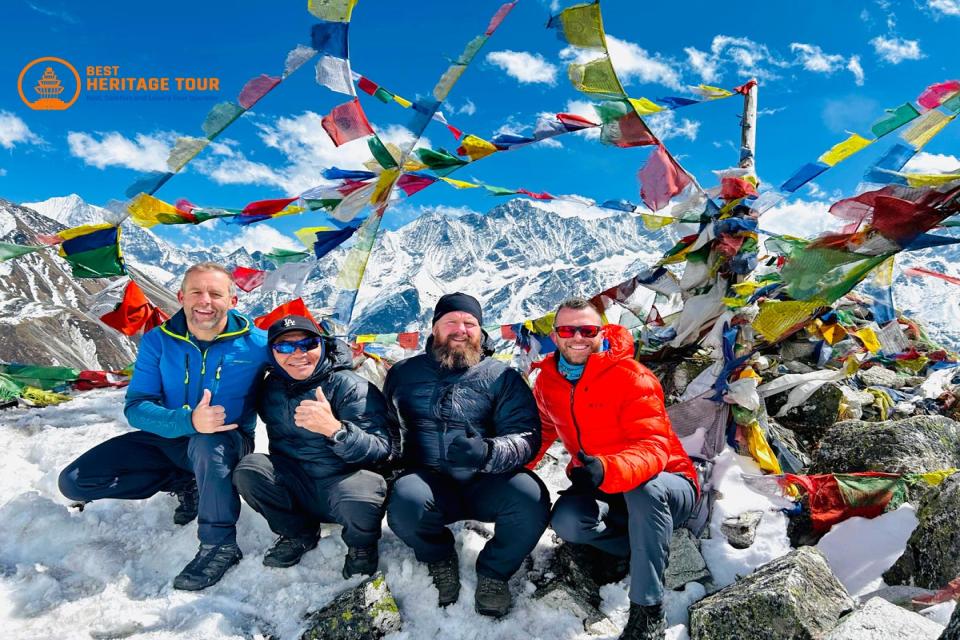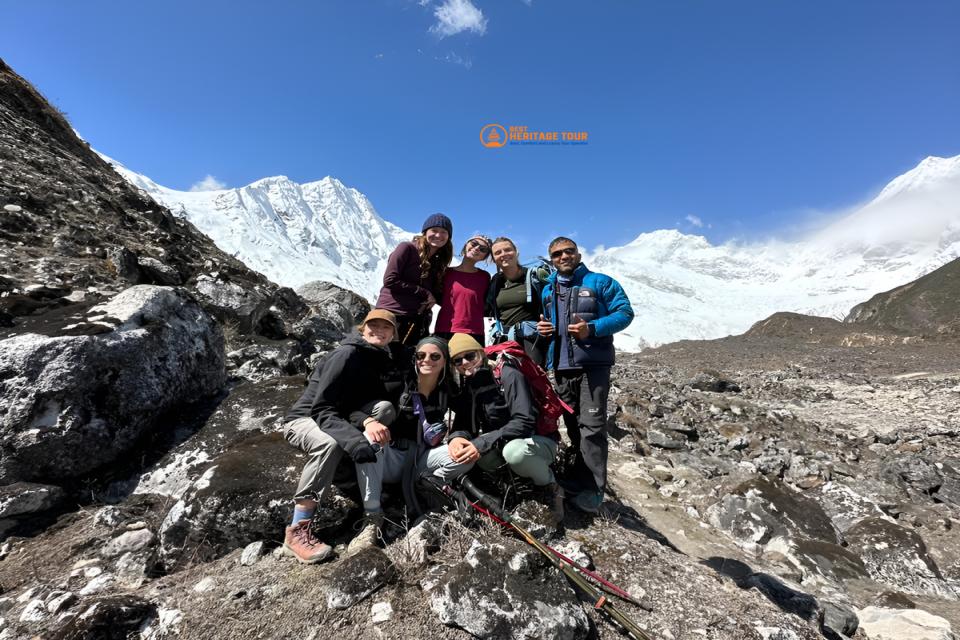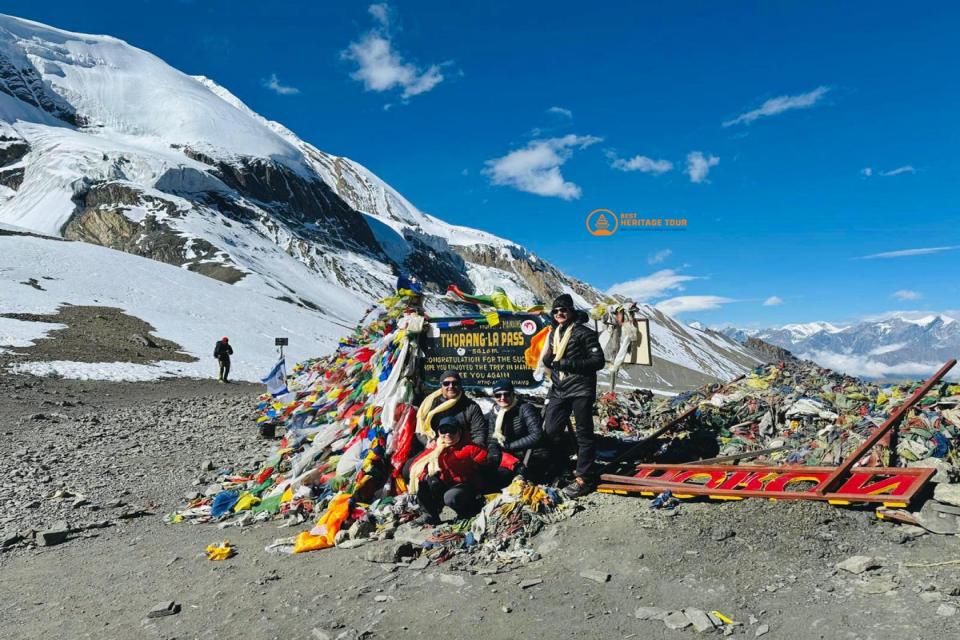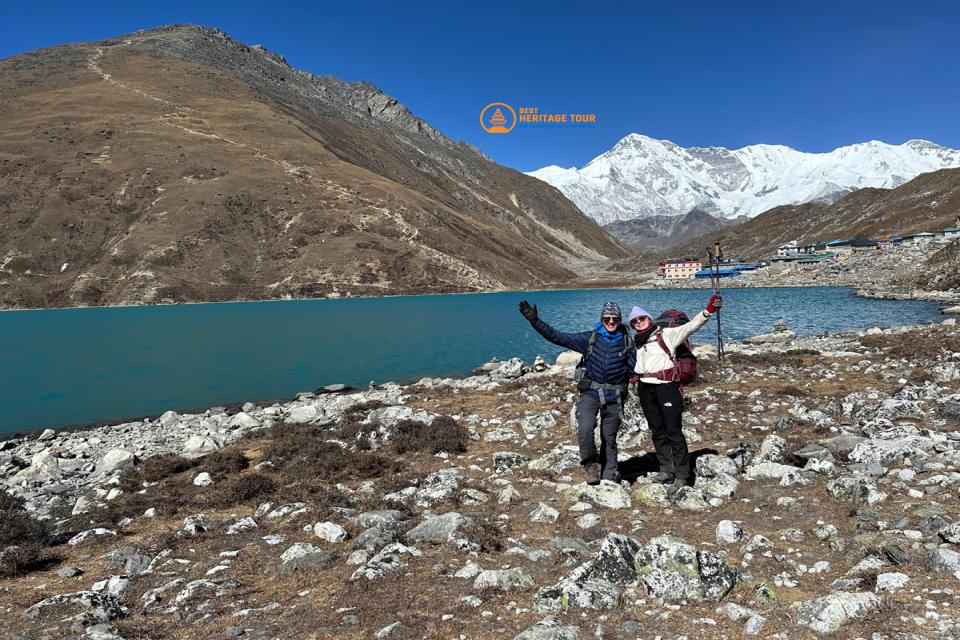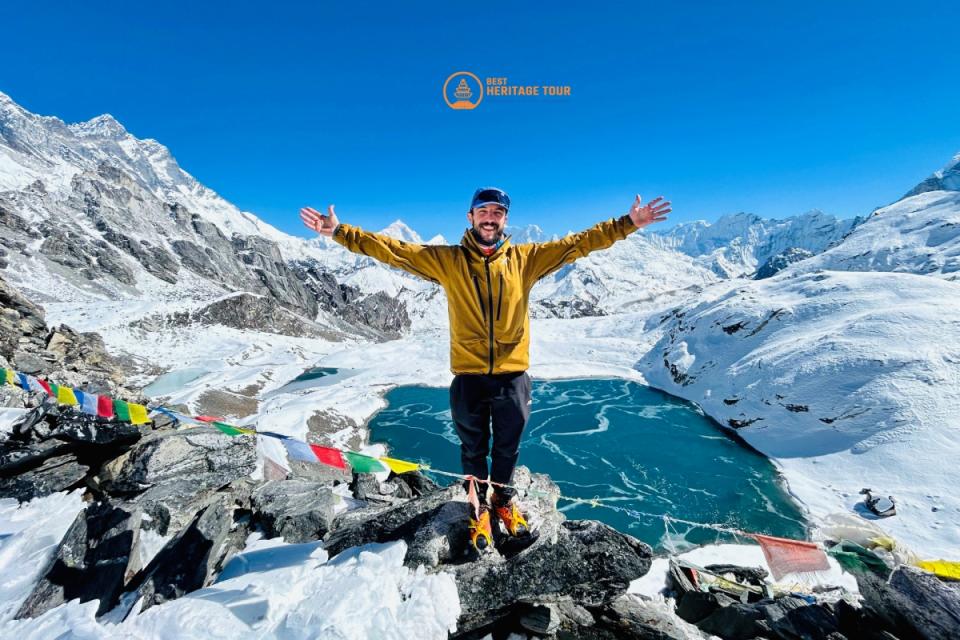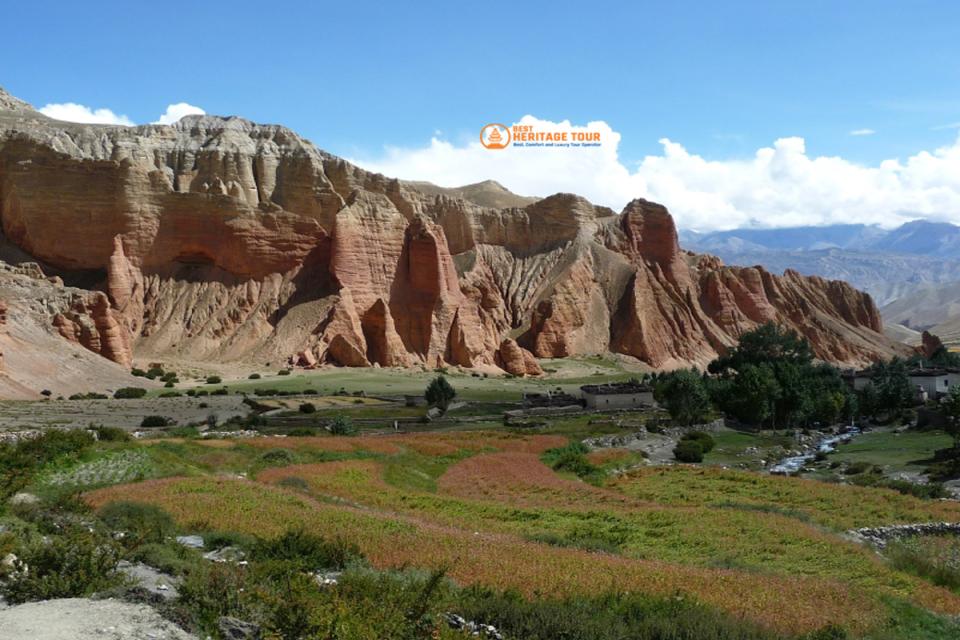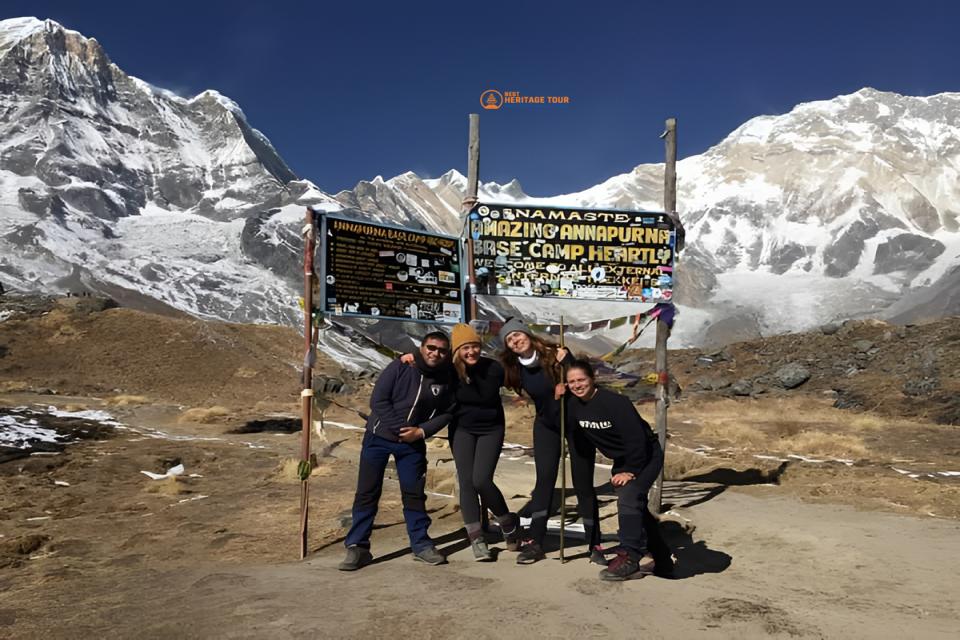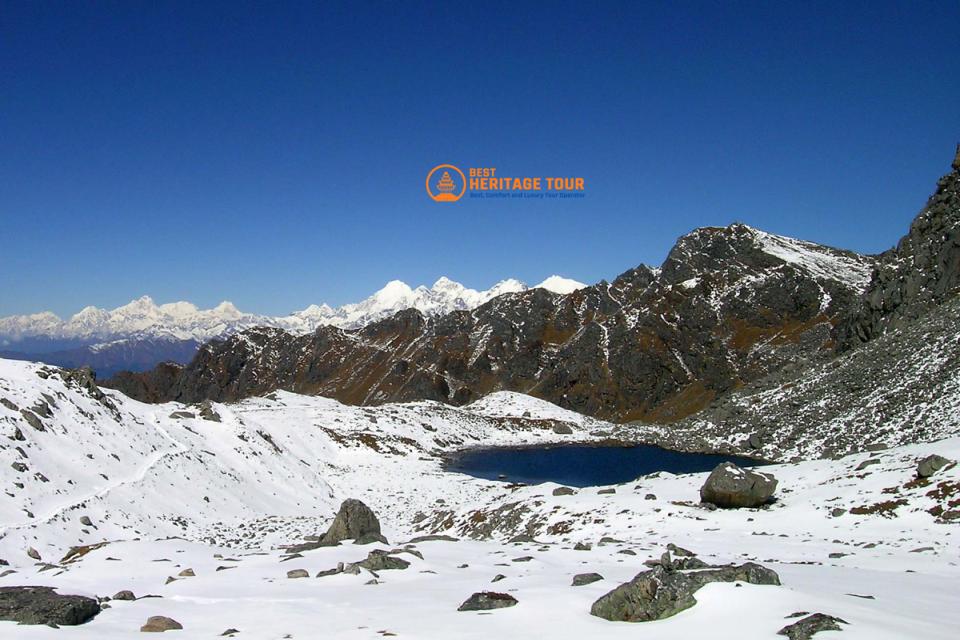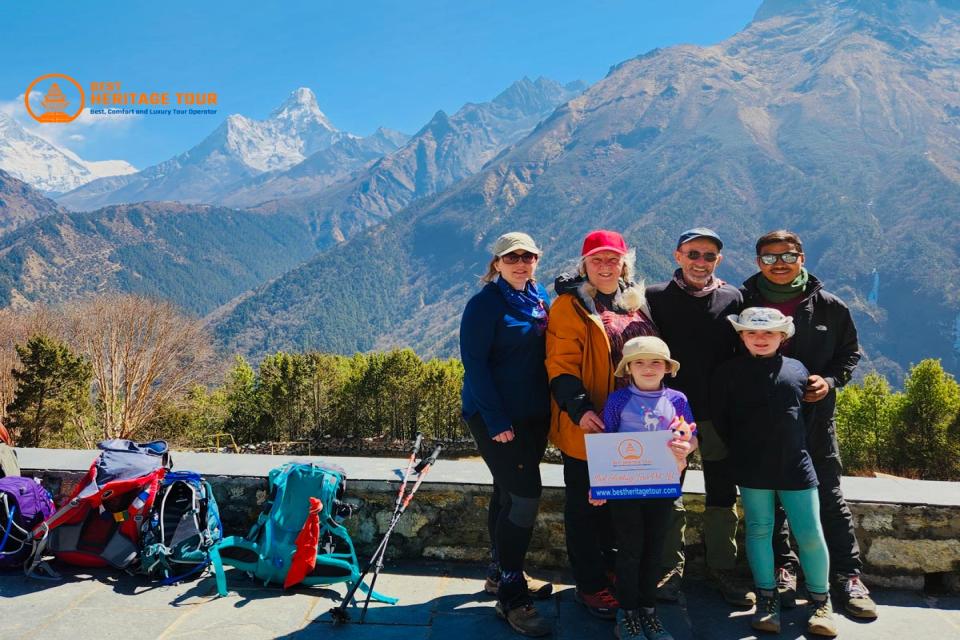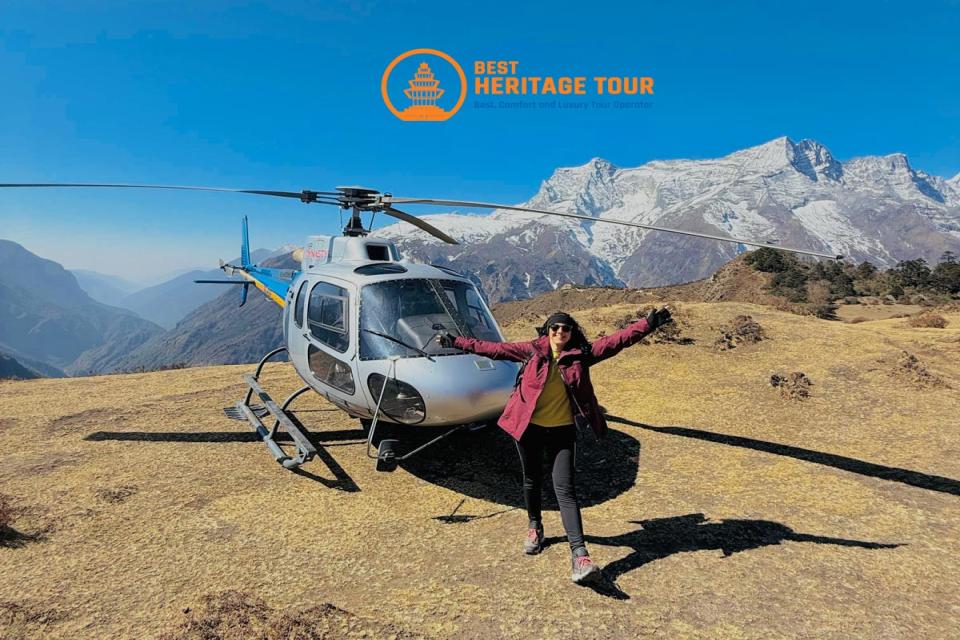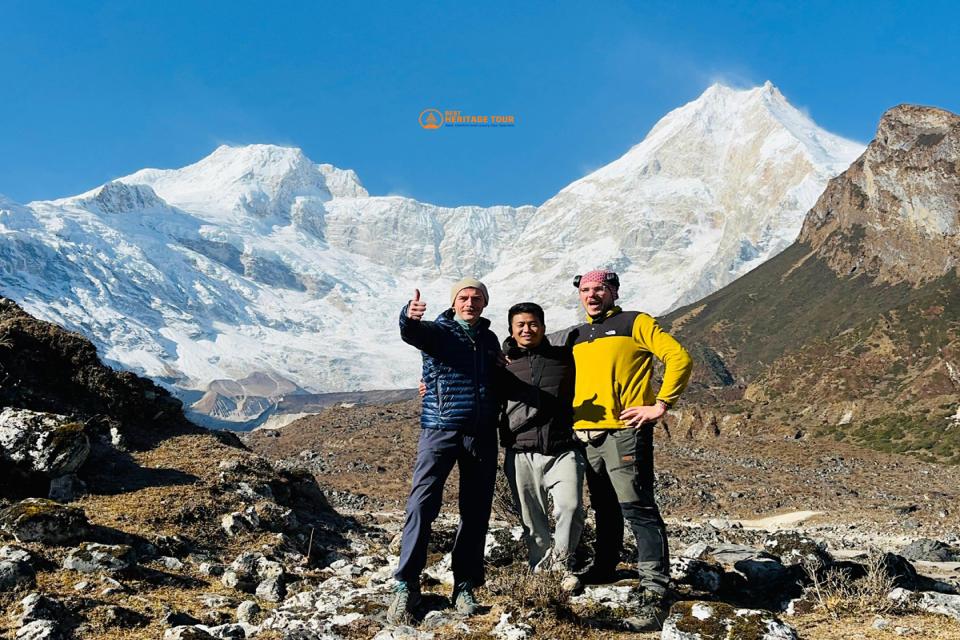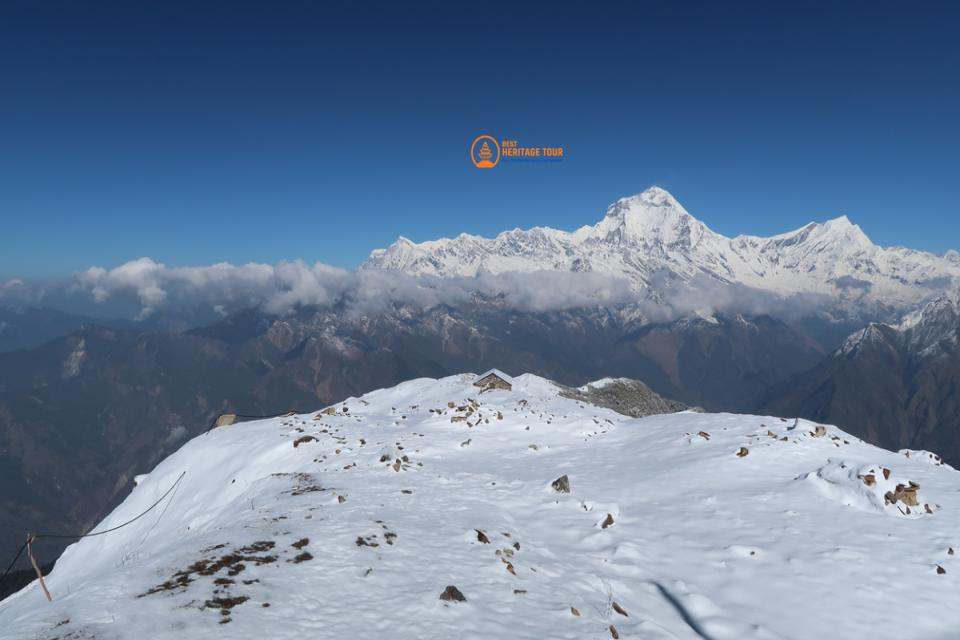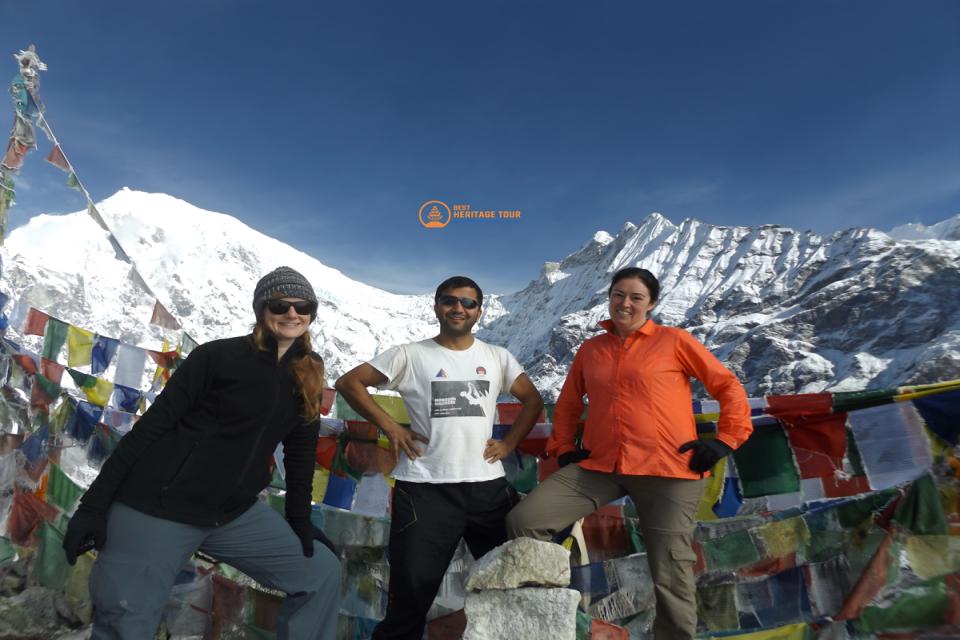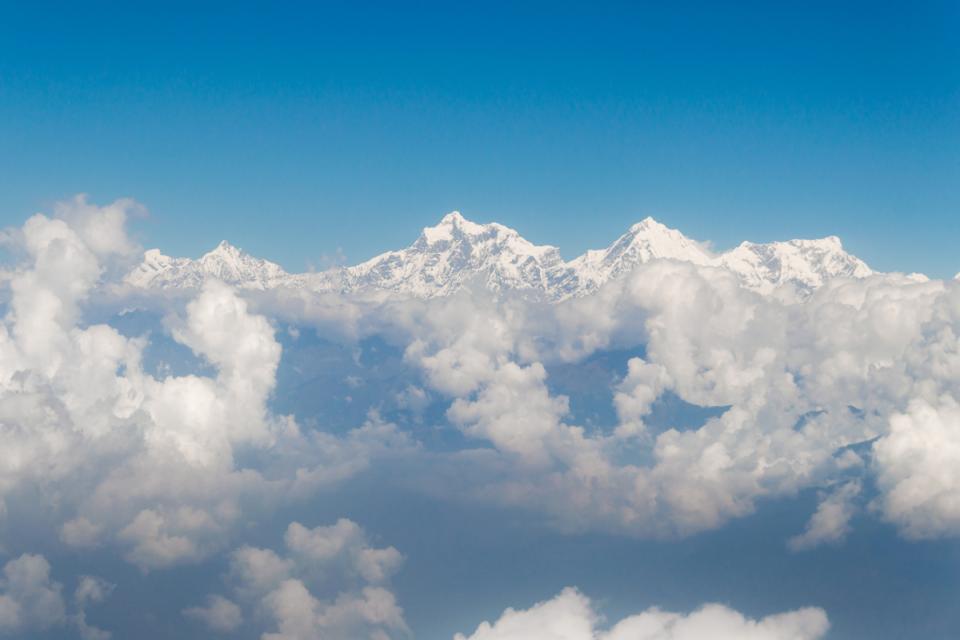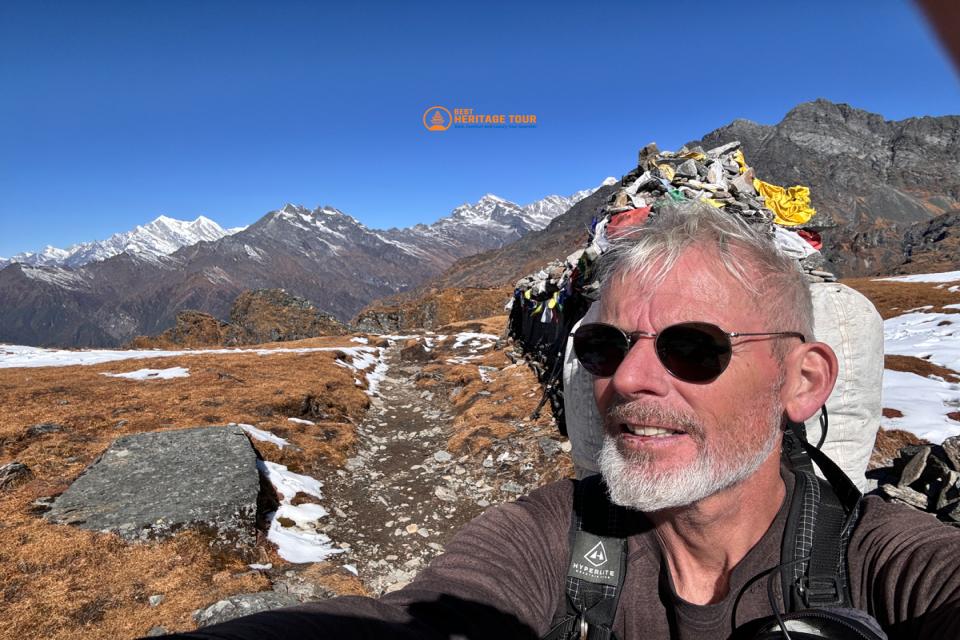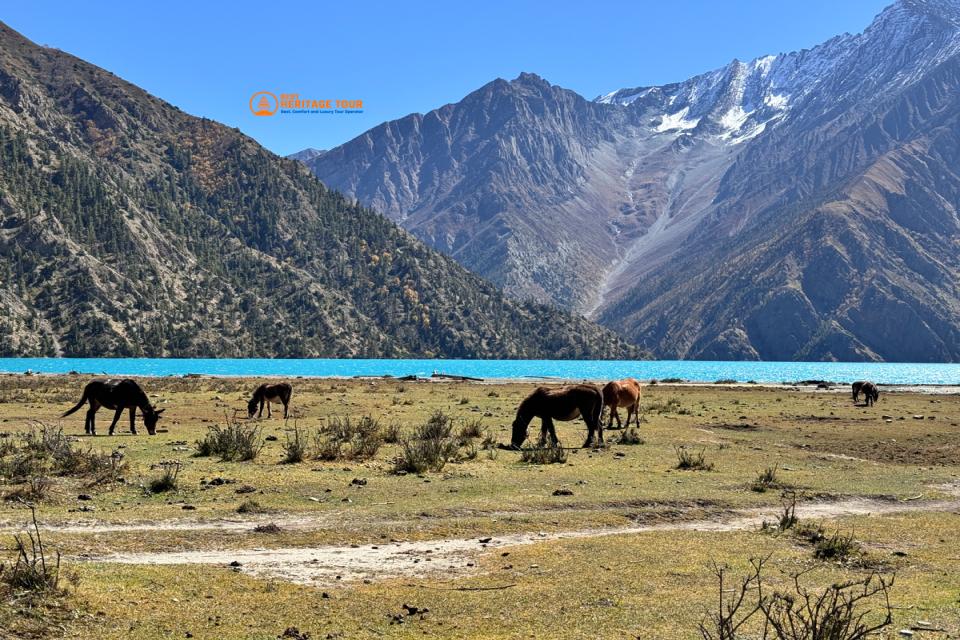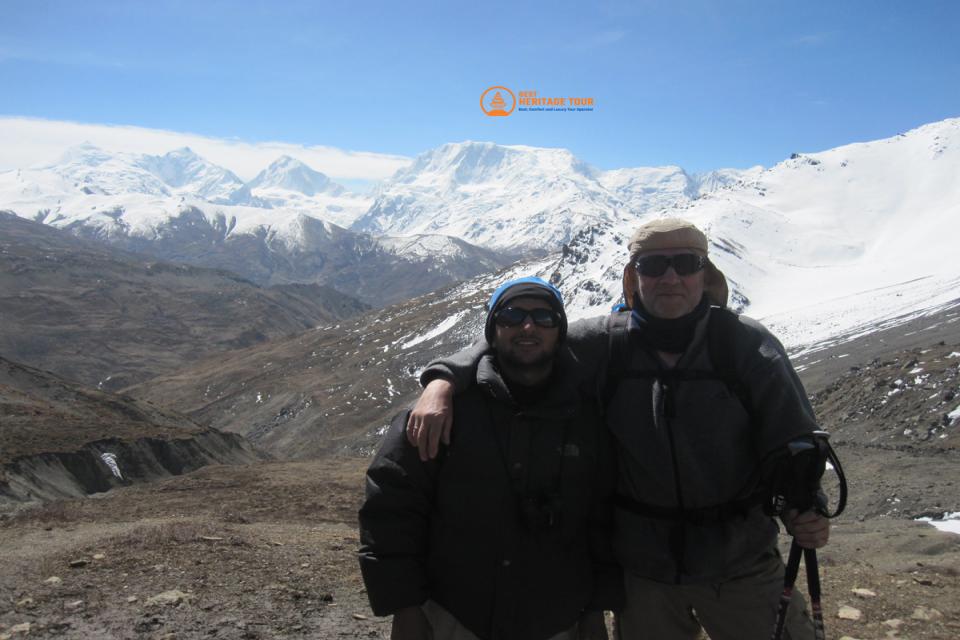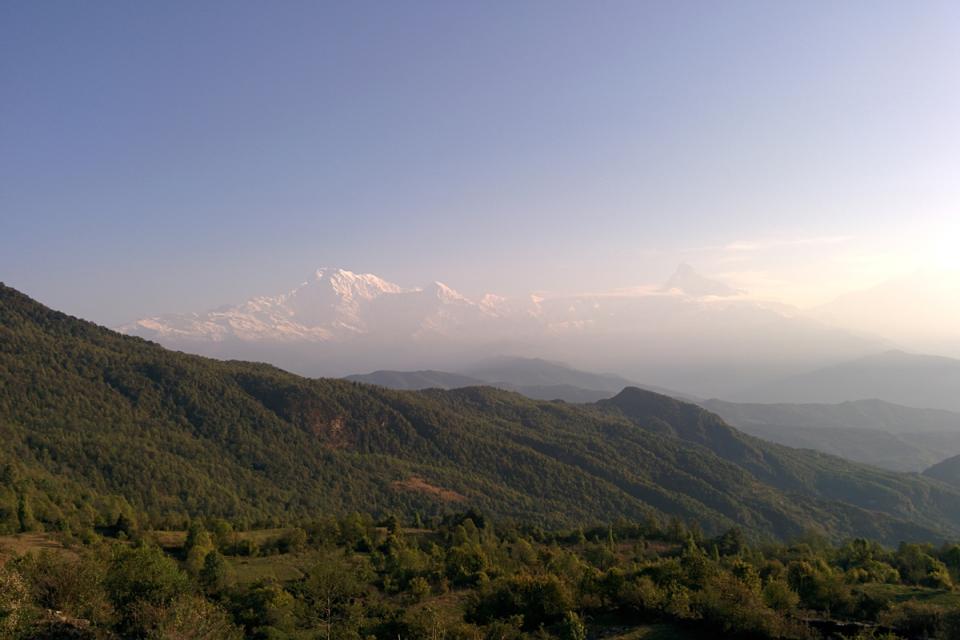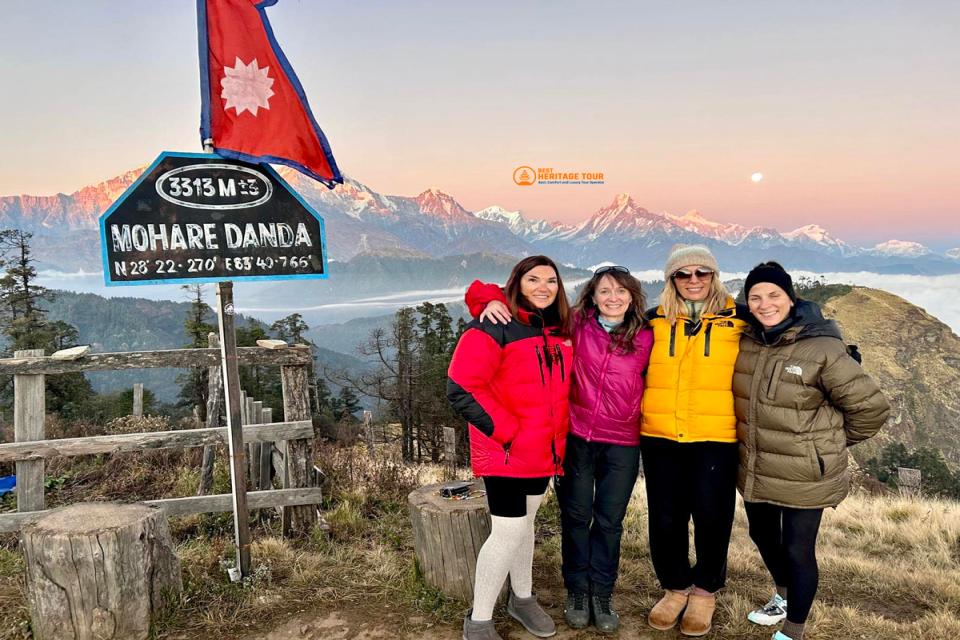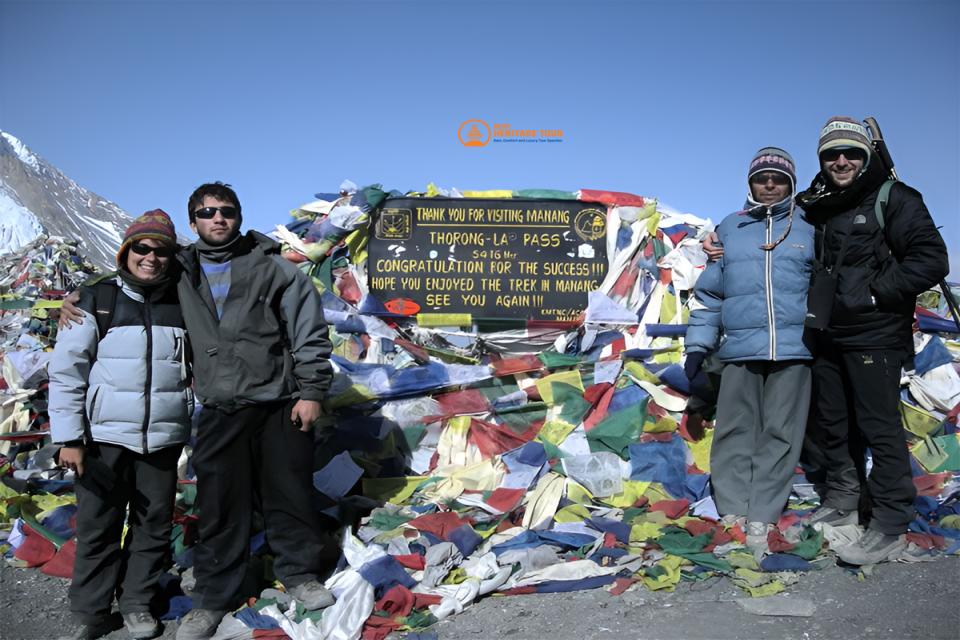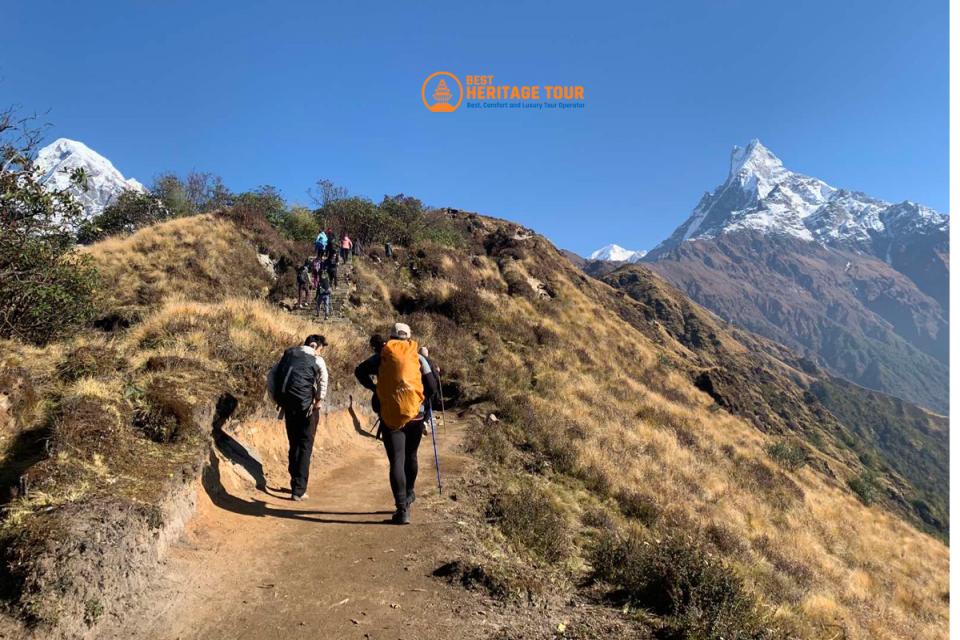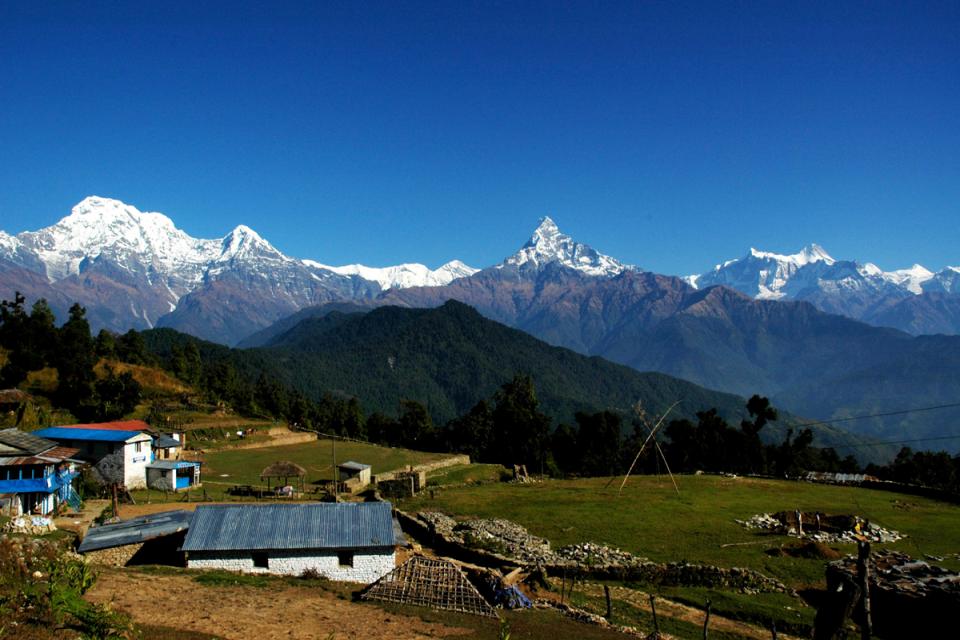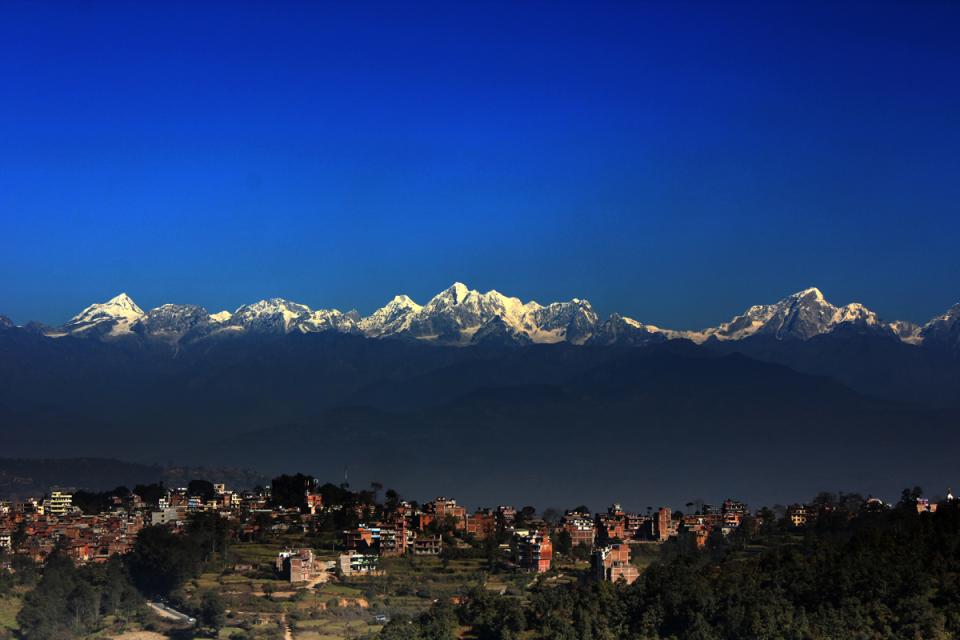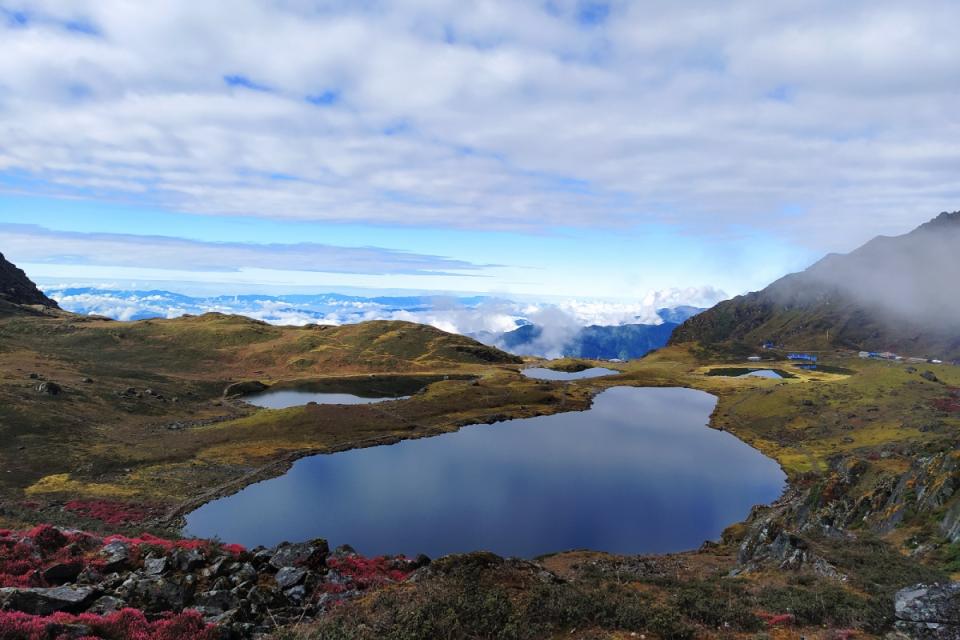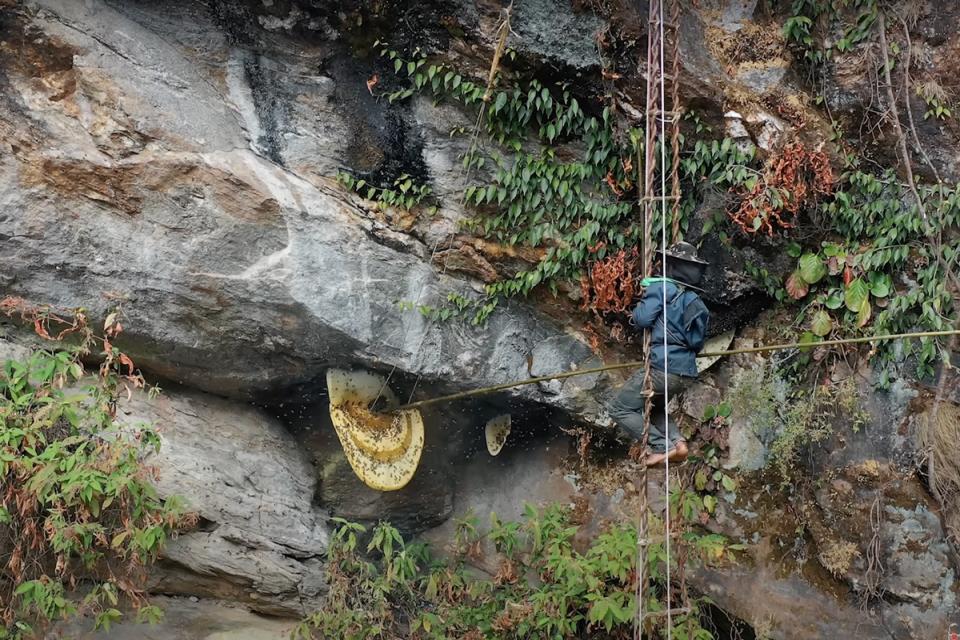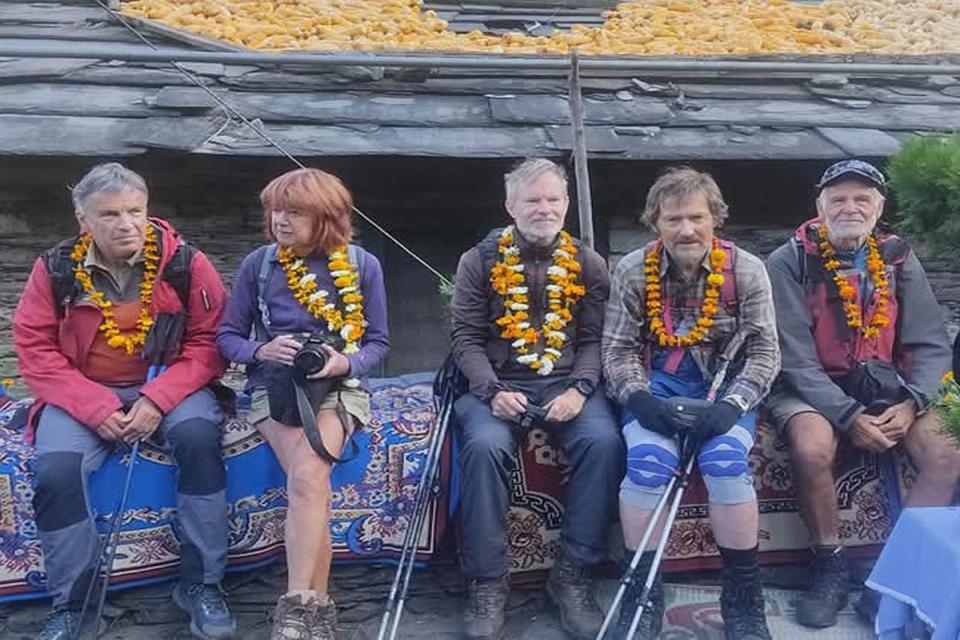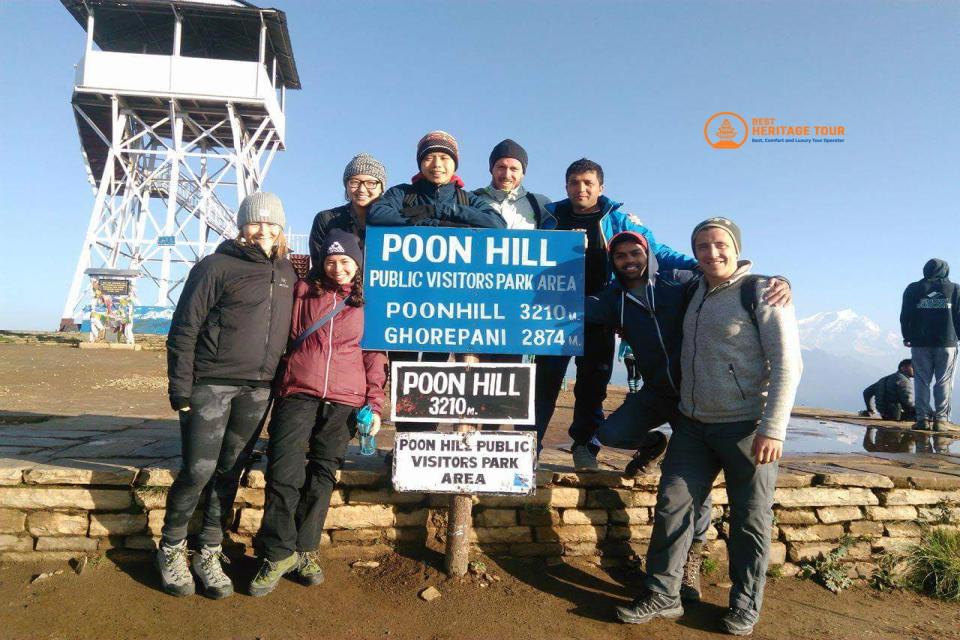Embarking on a multi-day trek in Nepal is an experience that promises breathtaking views, unforgettable adventure, and a deep connection with nature. Whether you’re trekking through the iconic Annapurna Circuit or the legendary Everest Base Camp, preparation is key to ensure your journey is safe, enjoyable, and memorable.
But don’t worry - we’ve got you covered! In this guide, we’ll walk you through everything you need to know to prepare for your multi-day trek in Nepal, from physical preparation to packing and understanding the trek itself.
1. Get Your Body Ready: Physical Preparation
A multi-day trek can be physically demanding, so it's important to build up your strength and stamina beforehand. Start training at least 2-3 months before your trek to make sure you’re in peak condition.
-
Cardio Workouts: Hiking, running, cycling, or swimming are great ways to boost cardiovascular endurance. Aim for at least 30 minutes of cardio 3-4 times per week.
-
Strength Training: Focus on exercises that target your legs, core, and upper body. Squats, lunges, step-ups, and core workouts will help you tackle challenging ascents and long days on the trail.
-
Practice Hiking with a Backpack: Get used to the weight of your backpack by hiking with it on trails near you. Gradually increase the weight and duration as you get closer to your trek date.
-
Train at Higher Altitudes: If possible, train at higher elevations or go on some hills or mountains to get accustomed to altitude changes and lower oxygen levels.
-
Flexibility & Recovery: Don’t forget to stretch before and after your workouts. Yoga or stretching routines can help improve flexibility and reduce the risk of injury.
2. Understand the Trekking Route & Its Challenges
Nepal offers a variety of multi-day trekking routes, each with its own unique challenges. From the popular Annapurna Circuit to the more remote Kanchenjunga trek, it’s essential to understand the terrain, weather conditions, and duration of the trek you’ll be undertaking. Here’s what you should know:
-
Know the Duration: Multi-day treks in Nepal can last anywhere from 4 to 21 days. The Annapurna Circuit takes about 12-14 days, while the Everest Base Camp trek usually takes 12-16 days. Choose a trek based on your physical fitness and the time you have available.
-
Altitude & Acclimatization: High-altitude treks, like Everest Base Camp or Manaslu, can take you above 3,000 meters (9,843 feet), which means proper acclimatization is essential. Plan rest days to help your body adjust and reduce the risk of altitude sickness.
-
Weather Considerations: Weather in the mountains can be unpredictable. Depending on the season, temperatures can range from hot during the day to freezing at night, especially at higher altitudes. The best trekking months are from March to May and September to November, when the weather is stable and clear.
3. Packing Essentials for a Multi-Day Trek
Packing for a multi-day trek in Nepal is all about balancing lightness with practicality. Here’s a checklist of what you’ll need for your journey:
-
Backpack: A durable, comfortable trekking backpack (40-50L) is essential for carrying your gear.
-
Clothing: Dress in layers! The weather can change quickly, so layering is key. Pack moisture-wicking base layers, a warm fleece or down jacket, and a waterproof jacket and pants.
- Base Layer: Moisture-wicking shirts and long pants.
- Mid Layer: Insulating jacket or fleece.
- Outer Layer: Waterproof jacket and pants.
- Trekking Pants and Shorts
- Hats and Gloves
-
Trekking Boots: Waterproof, sturdy boots are essential. Make sure they’re broken in before you start trekking.
-
Sleeping Bag: A high-altitude sleeping bag rated for cold temperatures, especially if you’re trekking above 4,000 meters.
-
Trekking Poles: These help reduce pressure on your knees during ascents and descents, especially on rough terrain.
-
Water Bottles & Hydration System: Staying hydrated is key. Carry a refillable water bottle or hydration system. You can refill along the trail, but always use water purification tablets or a filter.
-
Personal Items: Don’t forget essentials like a headlamp, sunscreen, lip balm, sunglasses, and your camera.
4. Altitude Sickness: Know the Symptoms & How to Prevent It
Altitude sickness is a concern for trekkers in Nepal, especially on high-altitude treks. Symptoms include headaches, nausea, dizziness, and shortness of breath. To minimize the risk:
-
Take it Slow: Don’t rush to higher altitudes too quickly. Ascend gradually and allow your body to acclimatize with rest days.
-
Stay Hydrated: Drink plenty of water to prevent dehydration, which can worsen altitude sickness.
-
Eat Well: Eating a balanced diet will give you the energy needed for long days on the trail.
-
Know the Symptoms: If you experience symptoms of altitude sickness, such as severe headaches or vomiting, descend immediately to a lower altitude and seek medical help.
5. Accommodation & Meals During Your Trek
Teahouses along the main trekking routes in Nepal provide basic but comfortable accommodation and meals. Here’s what to expect:
-
Accommodation: Teahouses are simple but welcoming, offering basic rooms with a bed and shared bathrooms. Some high-altitude teahouses may have limited facilities, so be prepared for basic conditions.
-
Meals: Meals in teahouses are usually Nepali or Tibetan-style food. Expect dishes like dal bhat, momos, and noodle soups. The meals are nutritious and designed to fuel you for the day ahead. Most teahouses also offer snacks like chocolate bars, nuts, and biscuits.
-
Dietary Preferences: Let your guide or teahouse know in advance if you have special dietary requirements, as not all trekking routes can accommodate complex dietary restrictions.
6. Trekking Permits & Fees
Before you begin your trek, make sure you have all the required permits. For most treks in Nepal, you will need:
-
TIMS (Trekkers' Information Management System) Card: A requirement for trekkers on all trekking routes.
-
National Park Permits: For example, the Annapurna Conservation Area Permit (ACAP) and Sagarmatha National Park Permit (for Everest Base Camp trek). The cost for permits varies based on your trek.
You can obtain these permits at the Tourism Office or through a trekking agency such as Best Heritage Tour.
7. Hiring a Guide or Porter: Is It Necessary?
While solo trekking is possible in Nepal, especially on well-established routes, hiring a guide or porter can make your journey easier and more enjoyable.
-
Guide: A guide provides safety, navigation, and cultural insights along the trail. They help you stay on track, share knowledge about local culture, and ensure you’re trekking at the right pace.
-
Porter: A porter carries your heavy gear, allowing you to travel more comfortably and focus on the trek itself.
Hiring a guide or porter not only enhances your trekking experience but also supports the local economy.
Conclusion
With the right preparation, your multi-day trek in Nepal can be an unforgettable experience. From the stunning views of snow-capped peaks to the chance to connect with local cultures, Nepal’s trekking trails have something for everyone.
Remember to train well, pack smart, stay safe, and respect the environment and local cultures. By taking the time to prepare, you’ll be ready to immerse yourself in the beauty of Nepal’s mountains while creating memories that will last a lifetime.
So, are you ready to hit the trails and explore the wonders of Nepal? Contact Best Heritage Tour right now, The Mountains are calling!
Contact Best Heritage Tour Company
Visit Best Heritage Tour Pvt.Ltd. official website to gather information about BHT services.
Look for contact details:
Phone number/Viber /What’s App: +9779851149197 / +9779810043046
Email: bestheritagetour@gmail.com/ info@bestheritagetour.com to get in touch with them directly.
Author: Best Heritage Tour
Date: 2nd April, 2025

